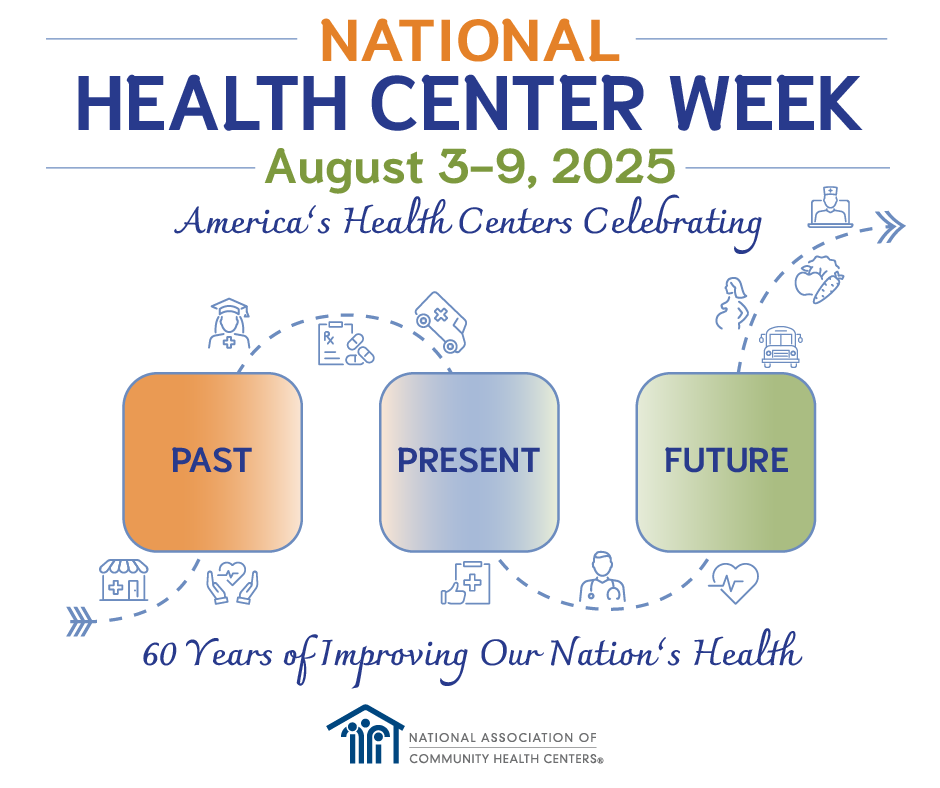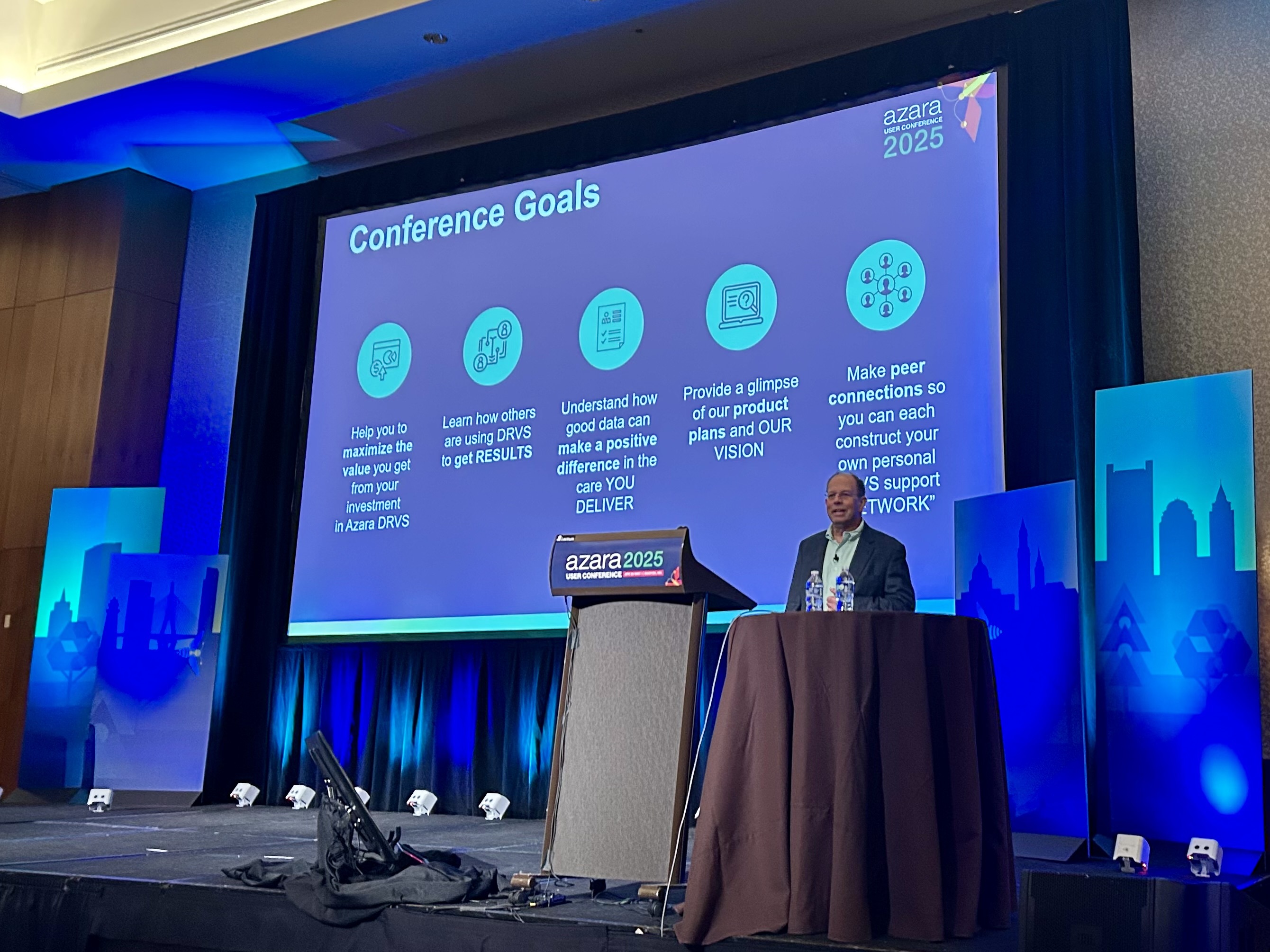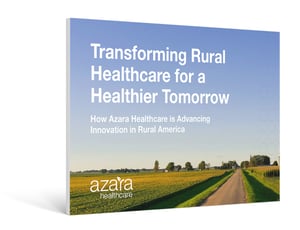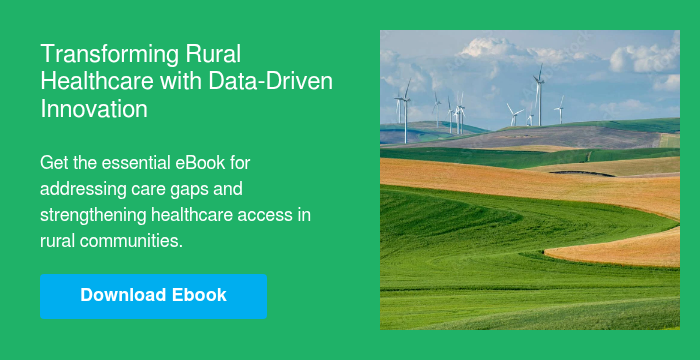Rural healthcare in the U.S. is at a crossroads. Premature death from the five leading causes remains far more common in rural communities, where over 80% of counties lack access to essential health services and one in five residents lives in a county without a hospital. More than 700 rural hospitals—nearly a third nationwide—are at risk of closure, threatening not just care access but the stability of entire communities.
To address these challenges, Congress established the Rural Health Transformation Program (RHTP), a $50 billion initiative to modernize infrastructure, preserve access, and strengthen healthcare delivery in rural America. States must now demonstrate measurable progress in access, outcomes, technology adoption, partnerships, and financial sustainability. But meeting those expectations will require more than funding; it will demand collaboration, innovation, and a stronger foundation of reliable, actionable data.
Data is the cornerstone of this transformation. When information from clinical, claims, behavioral health and social systems is unified, healthcare teams can view their communities more clearly—identifying where access is limited, which populations are most at risk, and how interventions can drive measurable improvement. Reliable analytics allow providers to shift from reactive care toward prevention and long-term sustainability, using data to inform resource allocation, guide partnerships, and track progress across populations.
For many rural organizations, the challenge isn’t collecting data, it’s turning that data into something meaningful. Integrating disparate systems, streamlining reporting, and building trust in the numbers are essential steps toward sustainable change. When data flows seamlessly across hospitals, health centers, and community organizations, it becomes a shared language for improving care, reducing disparities, and demonstrating accountability under programs like the RHTP.
> Download the eBook
Transforming Rural Healthcare for a Healthier Tomorrow to explore how data-driven strategies are helping organizations nationwide strengthen access, outcomes, and sustainability.
Equally important is ensuring every patient encounter delivers maximum value. When care teams can review a patient’s needs, risk factors, and gaps in advance, each visit becomes a proactive opportunity to improve health rather than a reactive check-in. Extending this preparation with consistent patient communication through reminders, follow-ups, and education helps strengthen engagement and reduce missed opportunities for preventive care.
Modernizing rural healthcare also means addressing the full picture of well-being. Integrating behavioral health, social support, and chronic disease management into routine care can dramatically improve outcomes, especially in areas where resources are limited. Connecting patients to local partners for housing, food, or transportation assistance helps bridge barriers that too often derail treatment plans and contribute to poorer outcomes.
The path forward will depend on the ability of rural healthcare leaders to use data not just to report on what’s happening, but act on it. The Rural Health Transformation Program offers an unprecedented opportunity to reimagine care delivery in ways that are equitable, efficient, and community-driven. With the right infrastructure, insight, and collaboration, rural providers can transform today’s challenges into a more connected, sustainable future for the communities they serve.
Related Articles

What HLTH 2025 Taught Us About Healthcare's Next Chapter
Explore Insights
Celebrating National Health Center Week: Honoring Health Centers' Legacy, Innovation, and Promise
Explore Insights


